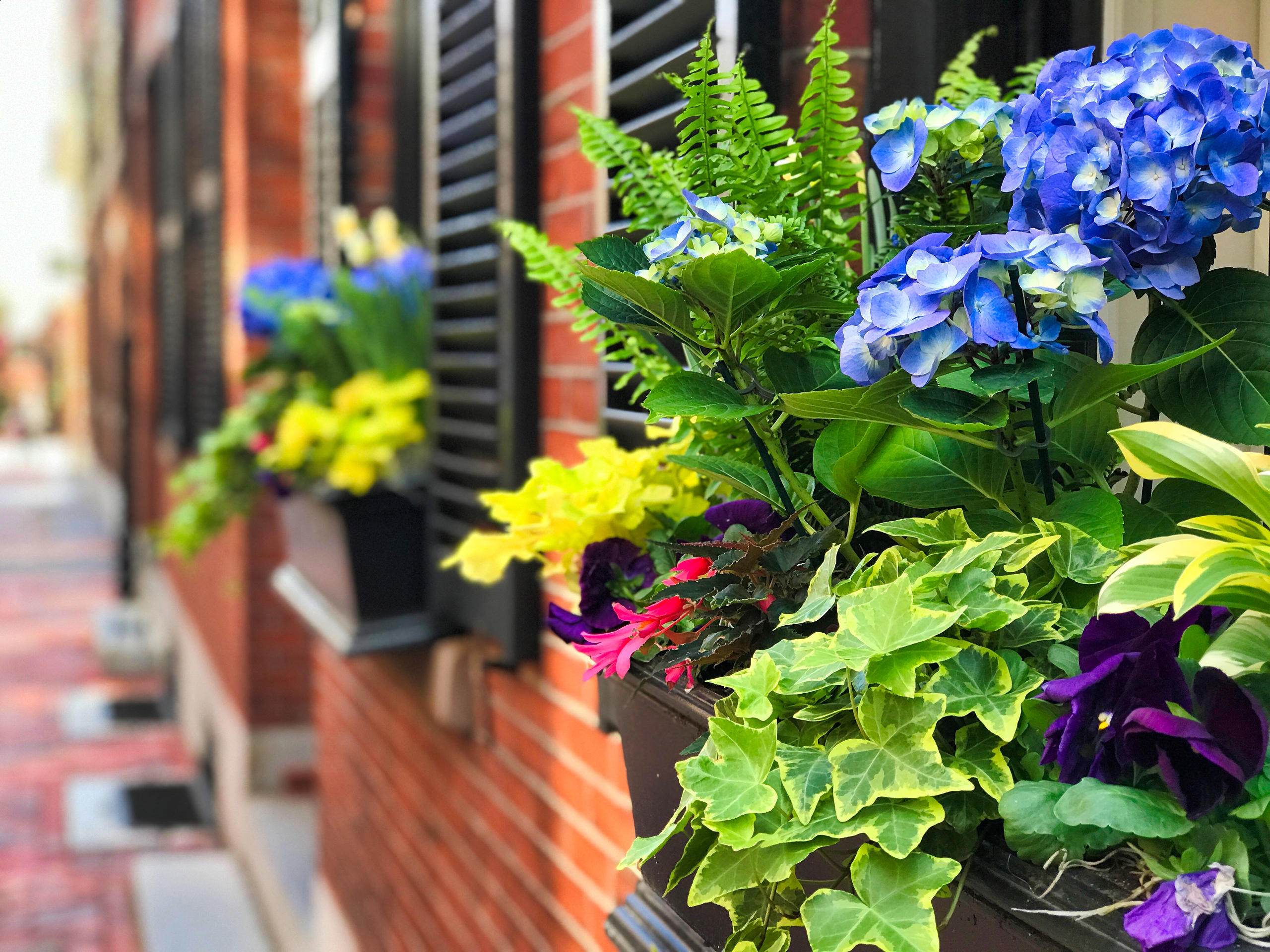Capturing Beacon Hill’s Antique Gas Lamps: A Safe and Scenic Photography Adventure
Beacon Hill’s antique gas lamps offer a compelling blend of history and urban charm, inviting photographers to capture their warm glow amidst Boston’s historic streets. This guide balances the excitement of discovery with essential safety tips to help you navigate cobblestones and busy sidewalks confidently.
Wear Sturdy Footwear
Uneven cobblestones and narrow sidewalks demand shoes with solid grip to prevent slips.
Use a Small Tripod or Stabilizer
For steady shots of glowing lamps in dim conditions, stabilize your camera to avoid blur.
Stay Alert for Traffic
Lamp posts line streets that see vehicle and pedestrian traffic; remain aware and avoid stepping into the road.
Plan Your Visit for Early Morning
Photograph when light is soft and crowds are minimal to capture the lamps in their atmospheric best.
Capturing Beacon Hill’s Antique Gas Lamps: A Safe and Scenic Photography Adventure

Beacon Hill Photo Tour
1.5 Hours | Charming 19th century neighborhood | Most Popular!
Discover Boston’s historic Beacon Hill on this private photo tour designed for all skill levels. Capture stunning architecture, lush gardens, and hidden alleyways with personalized guidance from expert guides. An unforgettable outdoor adventure filled with history and photo opportunities.
Beacon Hill’s antique gas lamps stand as quiet sentinels along Boston’s charming streets, offering photographers a chance to capture history infused with the glow of flickering flames. To photograph these lamps safely, balance is key: move steadily along uneven cobblestones and narrow sidewalks while choosing angles that emphasize their vintage charm without stepping into hazardous traffic or blocked pathways. The adventure begins at Acorn Street, a popular starting point where lamp posts cast soft shadows on brick and granite. Here, you’ll navigate a compact area, roughly one mile round trip, with slight elevation changes less than 100 feet, making it manageable for most walkers.
Your walk winds through Beacon Hill’s forested corners and open, sunlit squares. The gas lamps seem to lean in as if to share stories of old Boston, their ironwork a reminder of a time when each flame was a careful craft rather than a switch. Early morning is the ideal window: light is low and warm, and fewer crowds allow uninterrupted shots. On early spring or late fall days, the subtle mist that occasionally clings to the hill adds a layer of atmosphere without compromising visibility.
Safety while photographing here starts with awareness. Sidewalks are narrow, and cobblestones can be uneven – sturdy footwear with good grip makes steady footing simple. Carry a small tripod or a sturdy handheld stabilizer to manage longer exposures, especially as dusk settles. Keep an eye out for traffic and ensure your focus remains outward as much as inward; the lamps beckon, but the city’s pulse continues relentlessly. Remember, the goal is to work alongside the neighborhood’s rhythm, not disrupt it.
Hydration and weather-appropriate layers are practical musts. The walk is short but demands attentiveness. Use a camera with manual settings or a smartphone with advanced controls to capture the glowing gas flames with clarity – automatic modes may struggle in dim light. This approachable adventure suits photographers ranging from casual urban explorers to seasoned city shooters, providing a fresh perspective on a historic Boston landmark while emphasizing safe, mindful movement.
Bring patience as your companion: each lamp holds a slightly different story, and finding your unique composition requires calm observation. Follow the simple rule of respect for both the built environment and its residents, and Beacon Hill’s antique gas lamps will reveal their timeless light through your lens.
Nearby Trips
All Adventures
Boat Charters
Water Activities
Adventures near Boston
Discover the unique and memorable adventures that make Boston special.
Frequently Asked Questions
Are the antique gas lamps lit year-round?
Yes, most of Beacon Hill’s antique gas lamps are lit from dusk until dawn every day, maintained regularly by the city for authenticity and ambiance.
Is photography on sidewalks allowed, or are there restrictions?
Photography is allowed, but Beacons Hill’s narrow sidewalks require respectful behavior—avoid blocking pedestrian traffic and stay aware of local residents.
Where are the less crowded spots for photographing gas lamps?
Eastern streets like Chestnut Street offer quieter corners compared to Acorn Street’s popularity, providing more opportunities for uninterrupted shots.
Can I use a drone to capture aerial images of Beacon Hill?
Drone use within Boston’s urban areas is heavily restricted due to FAA regulations and local laws; it’s best to rely on street-level photography here.
What wildlife might I encounter during my walk?
While primarily urban, you might spot common city birds like pigeons, sparrows, and occasionally hawks that patrol the area’s green spaces.
Is there historical significance to these gas lamps?
Yes, the gas lamps date back to the early 19th century and are some of the few remaining operational gas street lamps in the United States, integral to Beacon Hill’s historic identity.
Recommended Gear
Sturdy Walking Shoes
Gives you stability and comfort on cobblestones and uneven sidewalks.
Compact Tripod or Handheld Stabilizer
Necessary for long exposure shots in low light capturing the glow of gas lamps.
Layered Clothing
Adjust to changing temperatures, especially during early morning or evening shoots.
Water Bottle
Stay hydrated during warmer months when exploring the streets.
Local Insights
Hidden Gems
- "Look for a small park near Louisburg Square, where lamps form a delicate ring around quaint garden settings."
- "Behind the Massachusetts State House is a less-visited cluster of lamps framed by brick walls."
Wildlife
- "City sparrows"
- "Rock pigeons"
- "Urban hawks"
- "Squirrels frequenting nearby trees"
History
"Beacon Hill’s gas lamps are original fixtures from the 1800s, some hand-operated by dedicated lamp lighters well into the 1950s, making this street lighting an active link to Boston’s gas-lit past."
